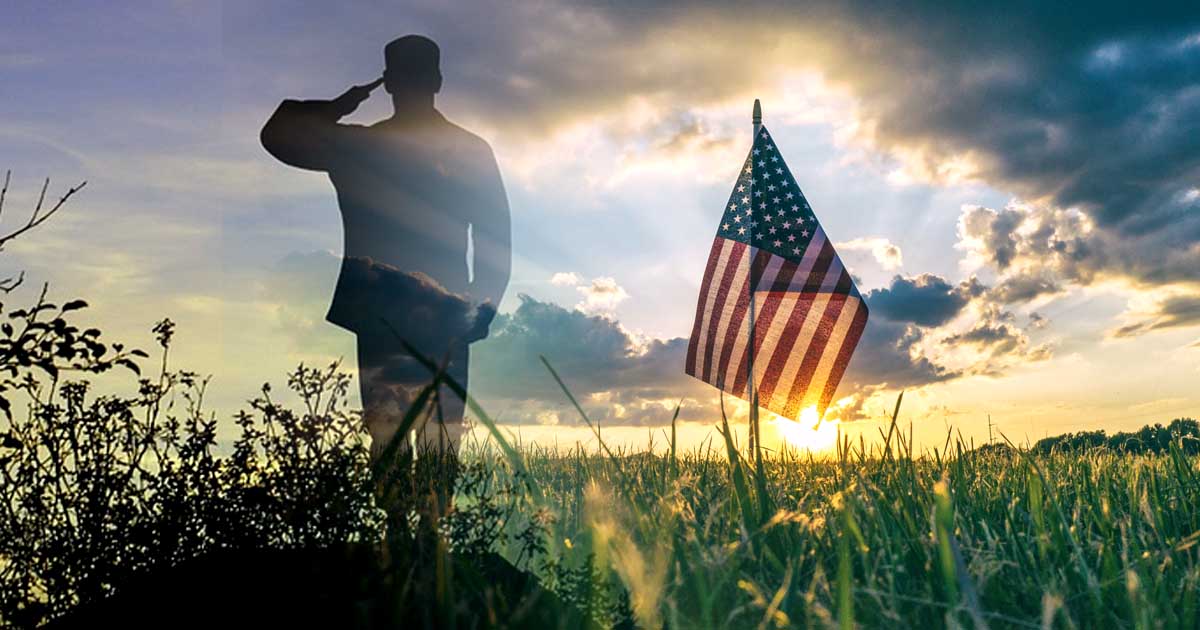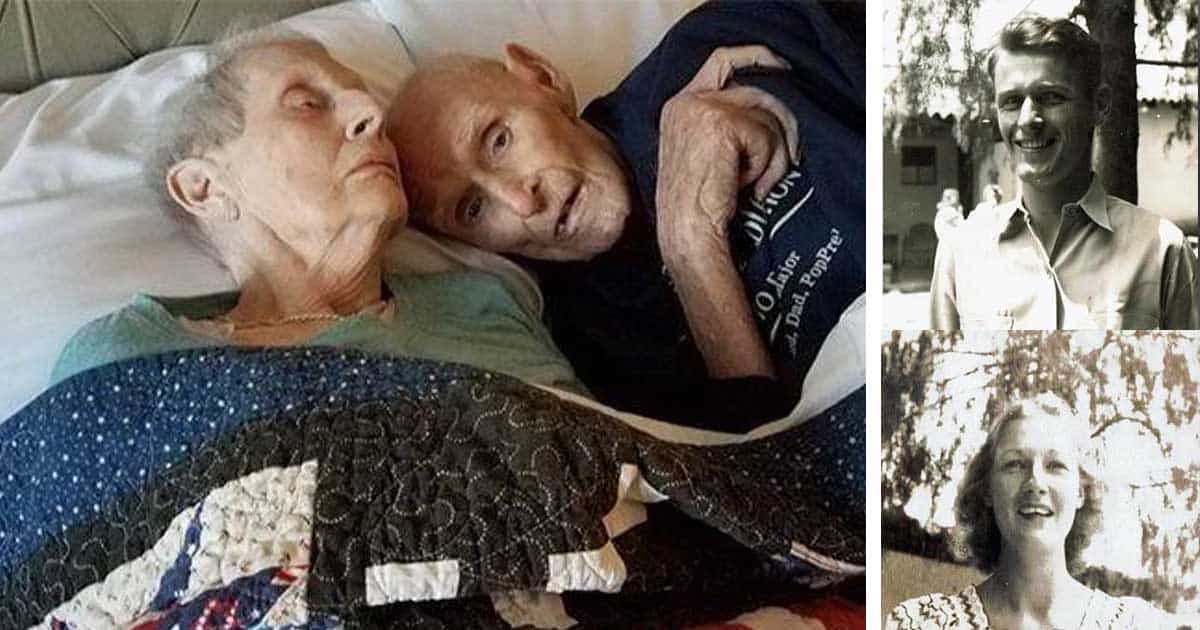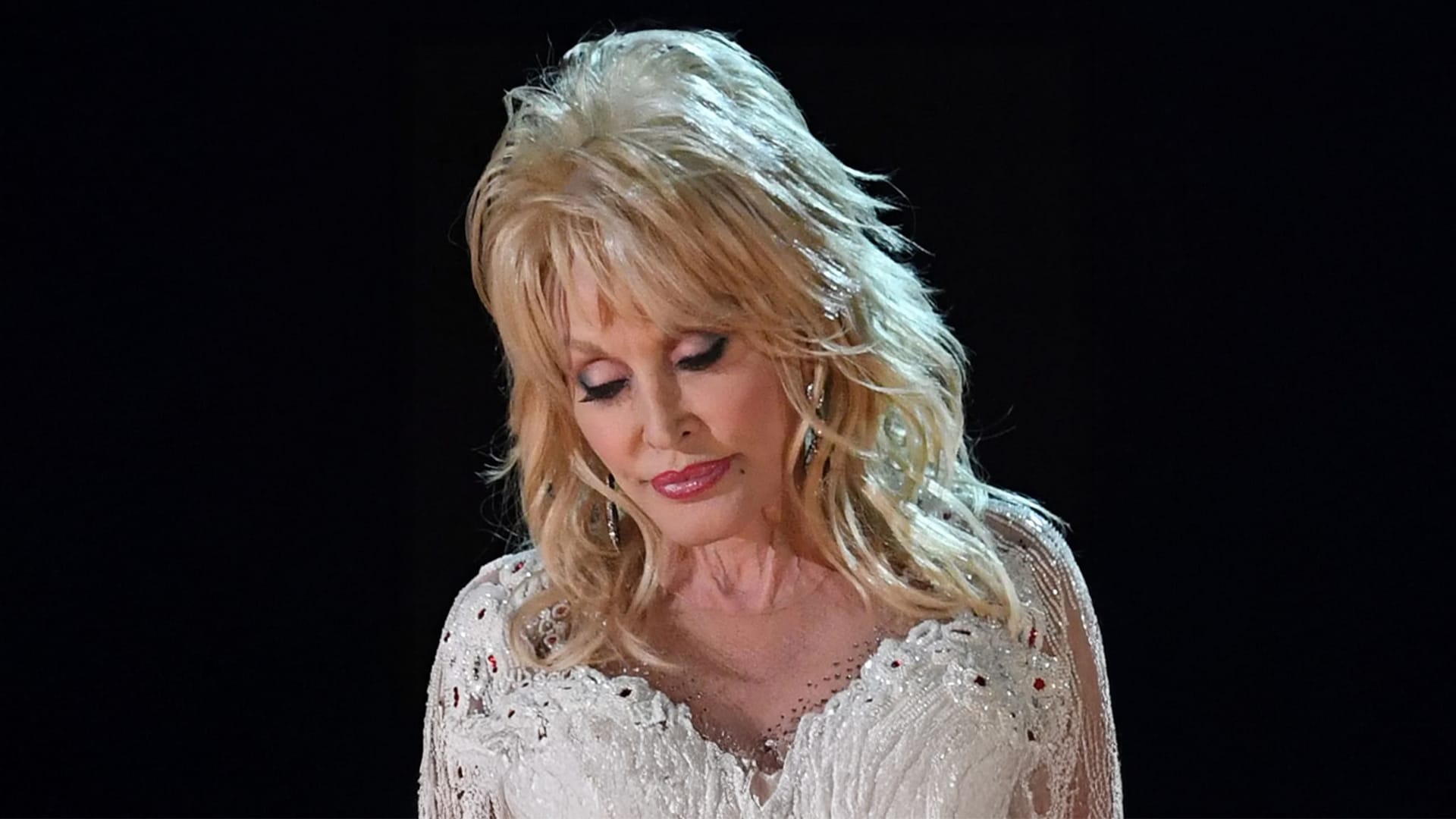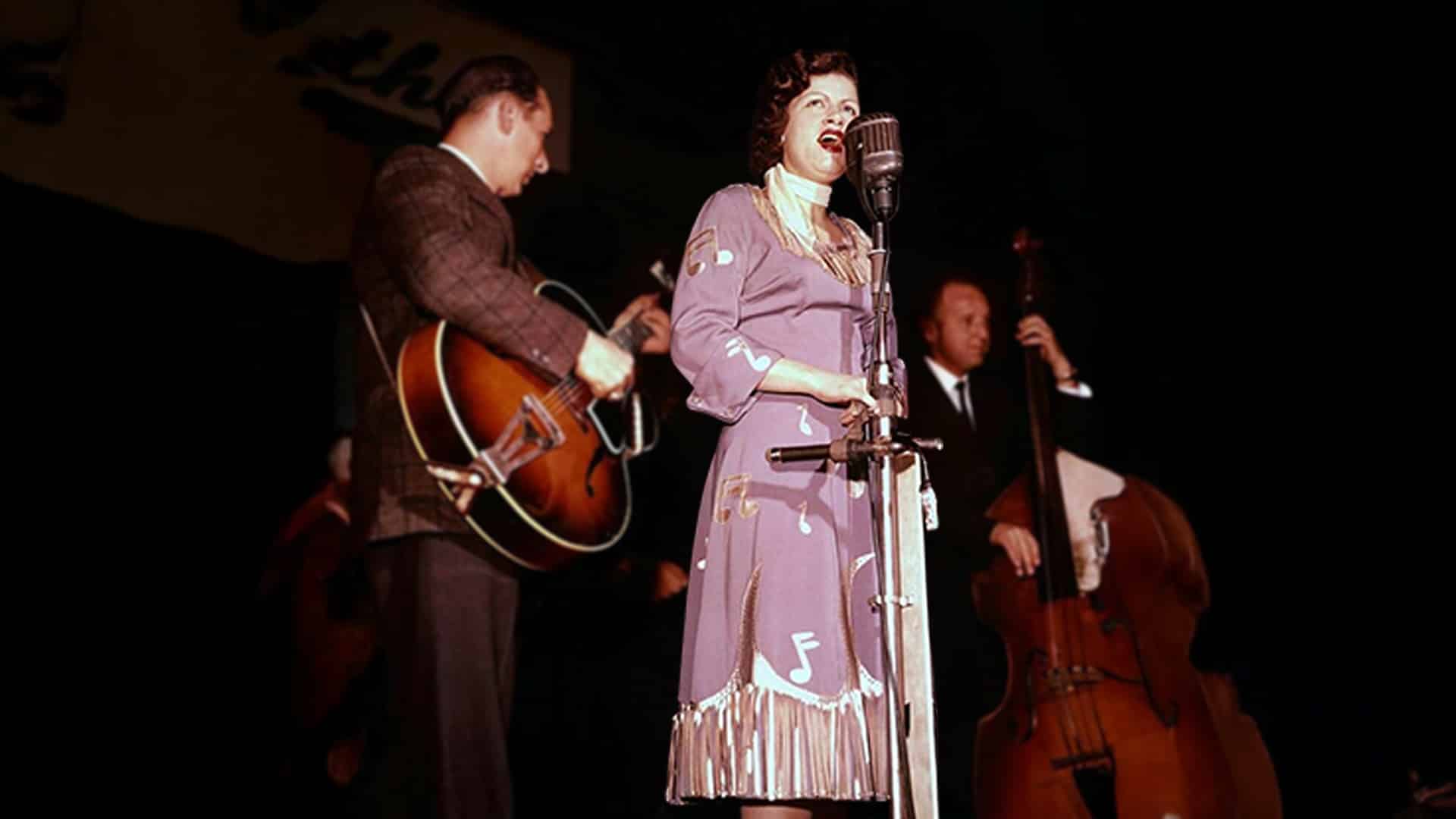The spirit of observing Memorial Day still lingers in the air. Once again, a snappy salute to all men and women who lost their lives in service to their country!
Both Memorial Day and Veterans Day are two of the federal holidays that are held customarily to honor the countless veterans who have served the United States for a number of years. But there is a distinction between these two holidays.
Veterans Day is to thank and honor all who had served during the time of war, whether they’re already dead or are still alive. Memorial Day, on the other hand, is to commemorate all who have died while serving in the military, specifically those who died in the war or from wounds obtained during a battle. These were the soldiers who were not able to come home as a result of making the ultimate sacrifice for their country.
Memorial Day then is for the nation to support and safeguard the still-grieving families and loved ones of these brave and gallant men.
How Memorial Day Began
Traditionally, Memorial Day was a time when people visit cemeteries and memorial sites. Volunteers are often seen placing American flags on each gravesite at national cemeteries. This decorating of gravesites to honor ancestors was actually an ancient tradition. Still, the question of when and how Memorial Day started is still unclear.
In rural America, this is often performed in late summer where families would have reunions and picnics. But after the Civil War, the need for America to have a secular, patriotic, event entirely centered in honoring those who have died in the military service came to light. This was also the time when monuments were built for the fallen soldiers and ceremonies were held in towns throughout the nation. In 1971, Memorial Day became a national holiday by an act made by Congress.
Symbolical Red Poppies
The war-torn fields of Europe were first-hand witnesses of how the barren land was turned into a field where red field poppy (Papaver rhoeas) bloomed. Its seeds were scattered by winds and sat dormant in the ground until World War I disturbed the lands and they started germinating.
John McCrae, a Canadian soldier and a physician who witnessed the war first hand, wrote the poem “In Flanders Field” in 1915. McCrae saw how the poppies spread around the battlefield and around their artillery.
The tradition of incorporating one’s clothing with a single red poppy in honor of those who were lost in the great war was a concept that Moina Michael, also known as “The Poppy Lady,” began in 1918. Inspired by McCrae’s poem, Moina Michael wrote “We Shall Keep the Faith.” She mentioned in her poem that wearing a “poppy red” was her way of honoring the ones lost in battle.
With time, the symbolical wearing of a red poppy was not just limited to Memorial Day but was also extended to Veterans Day. Not long after the tradition began in the United States, its symbolism has crossed and passed on to other allied nations like Canada, Australia, New Zealand, and the United Kingdom.
Today, the red poppy is not just to remember all of the deceased but has also now become a symbol of recovery and new life. This was especially true for the servicemen who suffered from physical and psychological injuries long after the war ended.
To many, Memorial Day marks the official start of summer. It is also one of the busiest times for the airline industries that flew over 40 million passengers. With states reopening over the nation, this has raised worries for officials who have been warning people of social distancing amidst the Covid-19 pandemic.
Memorial Day might mark the beginning of a vacation for some, but we should not forget that there were men and women who offered their lives for the nation.
“Our nation owes a debt to its fallen heroes that we can never fully repay” Barack Obama


















